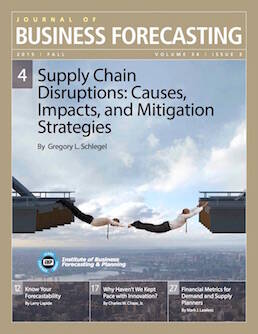Supply Chain Disruptions: Causes, Impacts, and Mitigation Strategies
For the last 10 years, approximately 1,000 world leaders have been meeting in Davos at the World Economic Forum to identify, assess, and articulate risk around the world. Their 2015 Global Risk Report classifies risks into five categories—Economic, Environmental, Geopolitical, Societal, and Technological. They’ve also built macro models to continually profile the scope, scale, and strength of the relationships among these five categories, 28 global risks, and 13 trends. They posited two themes for 2015: 1) “As people’s lives are becoming more complex and more difficult to manage, businesses, governments, and individuals alike are being forced to decide upon courses of action in an environment clouded by multiple layers of uncertainty. 2) The importance of risk management and the need to build resilient supply chains has become a top issue for decision makers who are recognizing that risks are no longer isolated but inherently dynamic around the globe.” We’ll dig into supply chain risks, their causes and impacts, and ways to mitigate them.
From Issue:
Supply Chain Disruptions: Causes, Impacts, and Mitigation Strategies
(Fall 2015)









